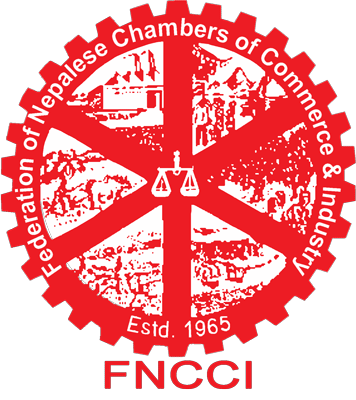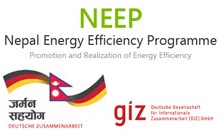Energy intensity
The energy intensity of Nepalese Dairy units is much higher compared to the regional benchmark (see table 1). The energy cost per product value in Dairy industry is estimated to be around 5%. The energy saving potential amounts to more than 6% on electrical side and about 14% on thermal side. Consequently, a total amount of 26 Crore Nepalese Rupees of annual energy cost could be saved by improving the energy efficiency of all Nepalese Dairy units. The main areas for improvement are minimization of steam leakages, insulation of steam pipes as well as cold pipes and cooling rooms, minimization of energy losses by partition of cooling areas using air curtains and replacement of old rewound motors by energy-efficient motors (GIZ/NEEP, 2012).
Table 1: Specific energy consumption (GIZ/NEEP, 2012)
| Electrical | Thermal | |
|---|---|---|
| Nepalese Dairy Industry | 28-234kWh/I | 180-2935MJ/I |
| Regional Benchmark | 10kWh/I | 29MJ/I |
Energy audits that were conducted in several Dairy industries in Nepal have identified many energy saving options that are highly profitable with payback periods of investment of less than 2 years.
Table 2: Energy saving option and payback period of investment for Dairy industry
| Option | payback |
|---|---|
| Adjusting NEA tariff to actual electrical demand | immediate |
| Operating non-relevant | immediate |
| Installation of VFD for chilled water pump | 7 months |
| Installation of solar heater | 8 months |
| Replacement of oil fired boiler by rice husk fire boiler | 8 months |
| Insatllation of De-superheater | 9 months |
| Heat recovery for boilers | 1 year |
| Insulation of bare pipes and fittings | 1 year |
| Improvment of power factor | 1.5 years |
| Effective use of ice bank system | 2.3 year |
Energy saving tips
Following a short list of potential saving opportunties for dairy industries is given:
Milk Reception & Weighing
- Ensure that the received milk is at optimum temperature (4 oC to 6 oC)
- Pre-chilling & Storage
- Incorporate temperature gauges at each PHE to enable performance monitoring and tracking.
- Upkeep of heat transfer surfaces of the PHEs
- Ensure that the raw milk storage tank is properly insulated
Cream Separation
- Use energy efficient motors
- Ensure proper temperature of cream separation
Pasteurization
- Select pasteurizer of highest regeneration efficiency
- Ensure full capacity utilization
- Adopt automation for temperature control
- Incorporate temperature gauges at each stage of heat exchange/regeneration.
- Ensure condensate recovery
Homogenization
- Maintain proper pressure at the homogenizer
- Use Energy efficient motor
Packaging/Storage
- Replace pneumatic pouch filling with mechanical pouch filling
- Optimize cold insulation in the storage area (cold room)
- Maintain proper temperature by suitable temperature controllers.
References
- GIZ/NEEP, 2012: Baseline study of selected sector Industries.



